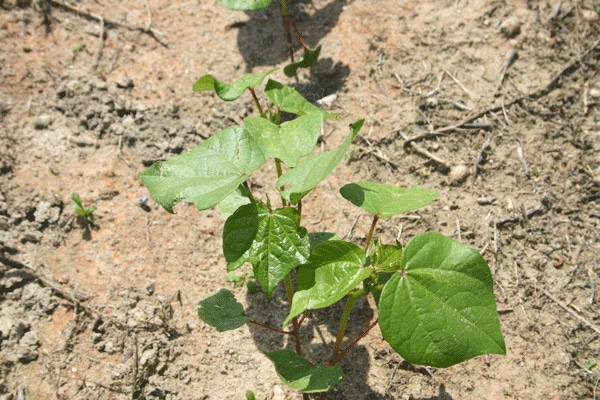
North Carolina soils lab to speed processing
Weather conditions have allowed growers and crop consultants to sample earlier than normal.With so many samples coming in, processing currently requires five to six weeks.A new laboratory instrument — which should be up and running in early January — is expected to boost the lab’s processing capacity to more than 3,200 soil samples a day.
December 13, 2010

Soil testing at the North Carolina Department of Agriculture and Consumer Services’ Agronomic Services Division is in very high demand this fall.
Weather conditions have allowed growers and crop consultants to sample earlier than normal. In November, the lab analyzed 12 percent more samples than it did last year, and thousands more are lined up to be tested.
With so many samples coming in, processing currently requires five to six weeks. The division is taking steps to reduce the slowdown. A new laboratory instrument — which should be up and running in early January — is expected to boost the lab’s processing capacity to more than 3,200 soil samples a day. This represents an increase of at least 400 samples per day above current capacity and would be a record.
David Hardy, NCDA&CS Soil Testing Section chief, reminds growers that the soil lab has more than 70 years of experience providing soil-specific recommendations and results.
“In addition to testing for nutrient levels, the lab also performs two analytical tests that allow us to class our soils for the purpose of making reliable lime and fertilizer recommendations, which have been field tested here in North Carolina,” Hardy said. “But one of the best reasons to use the state lab is that we offer free advisory services through our network of regional agronomists.
“Clients who use NCDA&CS services know that analyses are thorough and complete, that recommendations are crop- and area-specific, and that advisory support is always available,” he said.
Hardy knows that growers are anxious to get results. High commodity prices are causing many to consider shifting to crops such as cotton. For planning purposes, lime and fertilizer recommendations are critical. With land preparation for the 2011 crop season still several months away, Hardy said growers still have time to get the benefits of thorough soil testing.
The Field Services Section has 13 regional agronomists who can make on-site visits. They can provide advice on collecting and submitting agronomic samples, interpreting test results, liming, fertilization, irrigation and nematode management.
To contact the agronomist for your area, visit http://www.ncagr.gov/agronomi/rahome.htm.
You May Also Like



